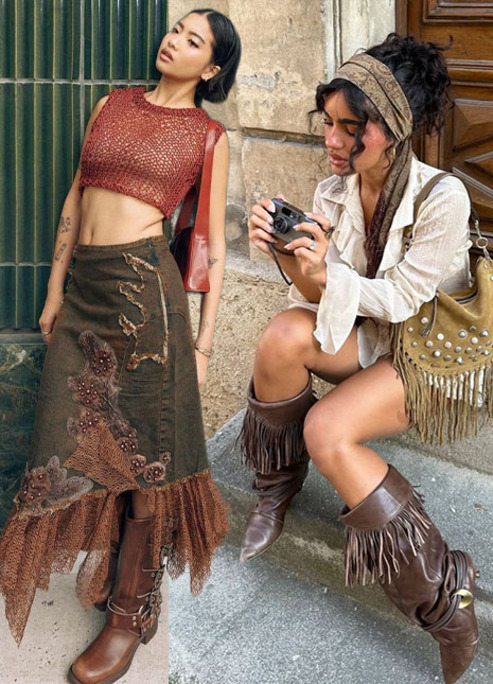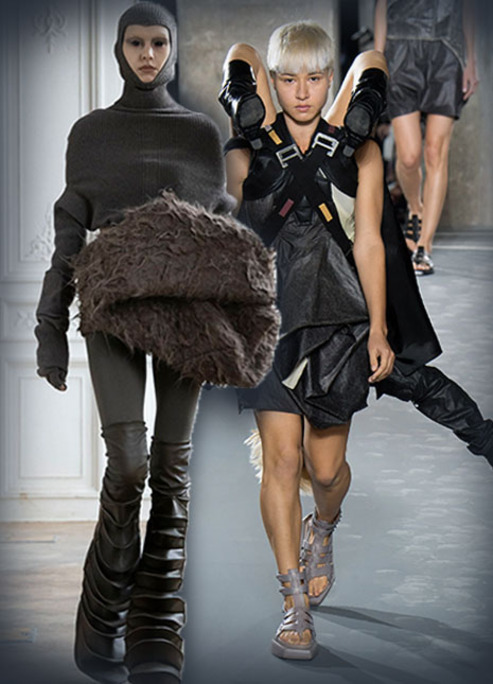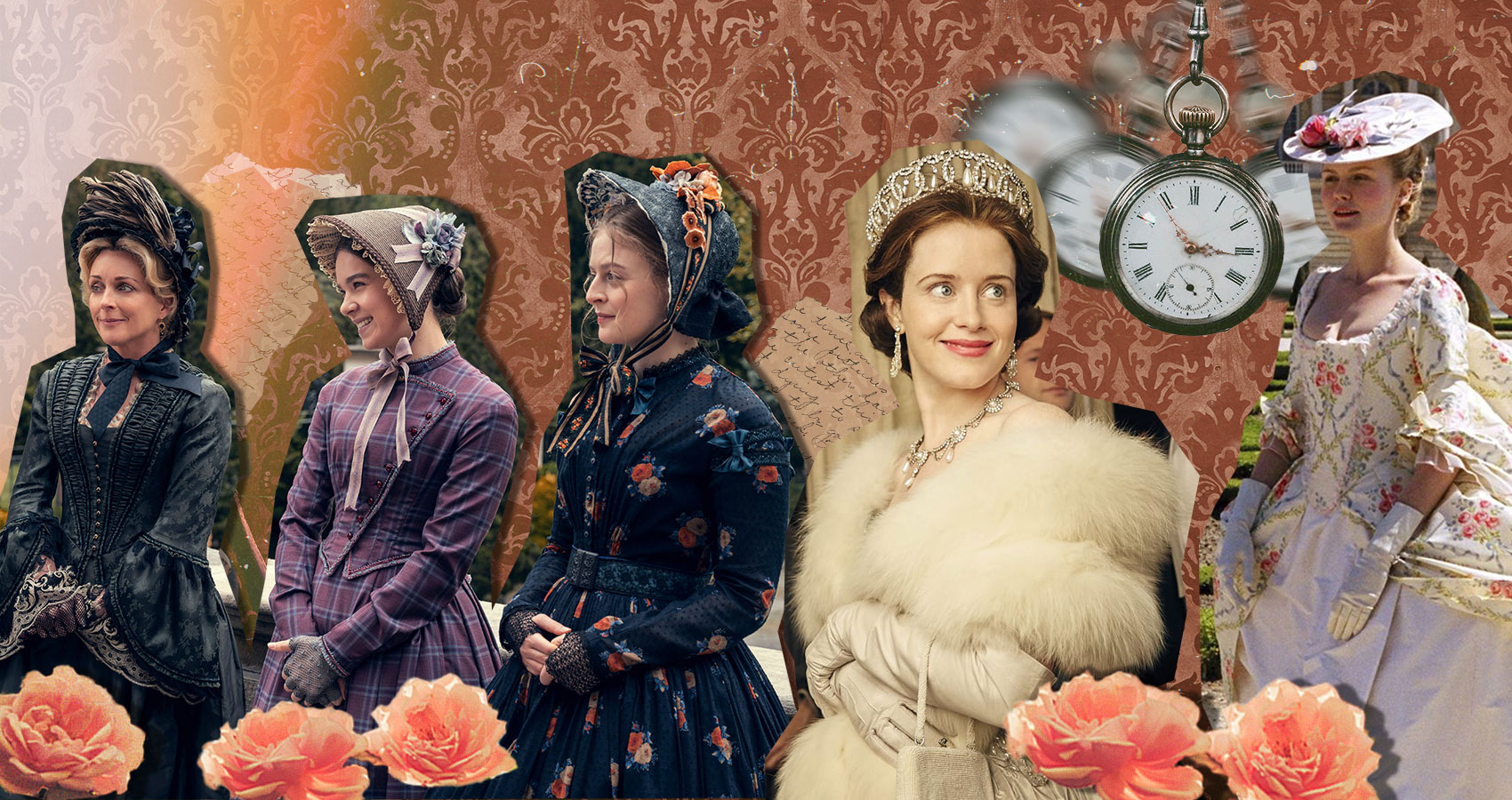
Fashion Forward, Time Travel Back
Why historic fashion makes us love period dramas.
Historical fashion in period dramas plays a far more significant role than mere decoration. Each meticulously crafted piece reflects not only the specific time period but also the personality and social standing of those characters we love.
Beyond the alluring romance or gripping tragedies, period dramas inspire us with their immersive aesthetics. Elaborate costumes, meticulously designed sets, and the overall visual style transports us back in time, creating a believable and captivating world on screen.
This deep dive into iconic costumes from historical dramas on television will showcase how fashion silently yet powerfully contributes to storytelling.
The Evolution of Fashion Through Time
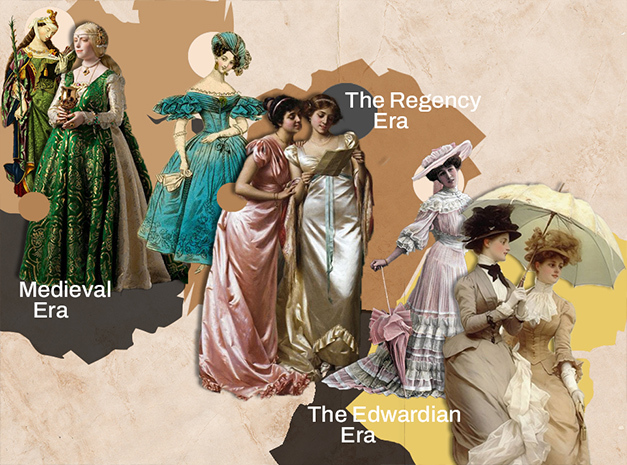
For centuries, fashion has been shaped by various factors such as religion, cultural norms, and the need to symbolize status and wealth. Depending on the era, and influenced by artistic, social, or political events, wardrobes evolved to reflect these changing societal canons.
Medieval clothing featured opulence, with luxurious fabrics like silk, brocades adorned with gold and silver, exquisite jewels, and perfumed gloves. These extravagant ensembles served as a visual testament to the wearer's wealth and social standing.
The Regency era ushered in a shift towards elegance and sophistication, marked by the emergence of empire-waist dresses, long gloves, and headpieces embellished with pearls and feathers. These refined styles reflected the changing social dynamics and cultural values of the time.
Later on, the Edwardian era embraced a dramatically curved silhouette for women, achieved with the restrictive S-shaped corset. Collars, too, became high and unyielding, mirroring the strict social constraints placed upon women at the time.
Costumes as Storytellers in Cinema
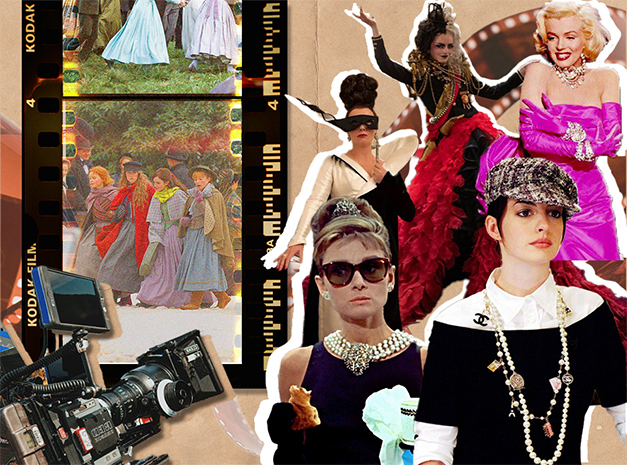
In cinema, costumes serve as a crucial element in shaping characters. They convey information about a character's personality, social status, historical context, and even their intentions. Costume designers draw inspiration from historical details, even in fictional stories, to create pieces that resonate with the audience.
Character-Defining Costumes
Lady Mary (Downton Abbey): The Prussian blue gown Lady Mary wears at the royal dinner symbolizes her empowerment and leadership as she takes control of her father's estate. Costume designer Anna Robbins explained that she aimed to convey "strength and femininity" through the design.
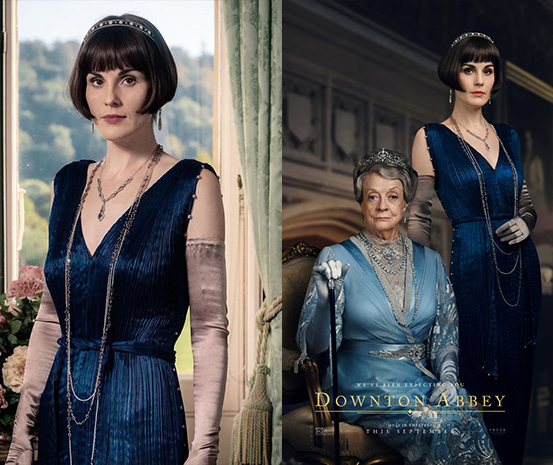
Team Green and Team Black (House of the Dragon): In this fictional medieval tale, costume designer Jany Temime utilizes the colors black and green to differentiate the two factions vying for the throne, "The Dance of Dragons," while also representing their political ties. Red, black, and gold symbolize blood, death, sex, and fire for the Targaryen heirs.
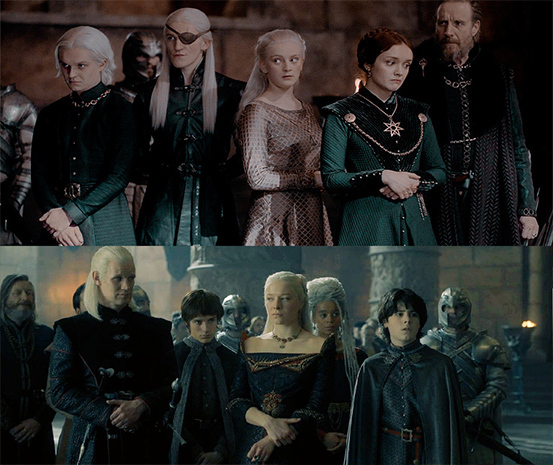
Penelope Featherington's Transformation: In Bridgerton's third season, Penelope Featherington's metamorphosis is clearly reflected in her wardrobe. As she breaks free from her mother's influence and takes charge of her life, she abandons her family's signature citrus colors and opts for neutral and darker shades. The emerald green empire waist gown marks a turning point for the character. Costume designer John Glaser explains that this hue, on the opposite end of the color wheel from her family's yellows and oranges, symbolizes her independence.
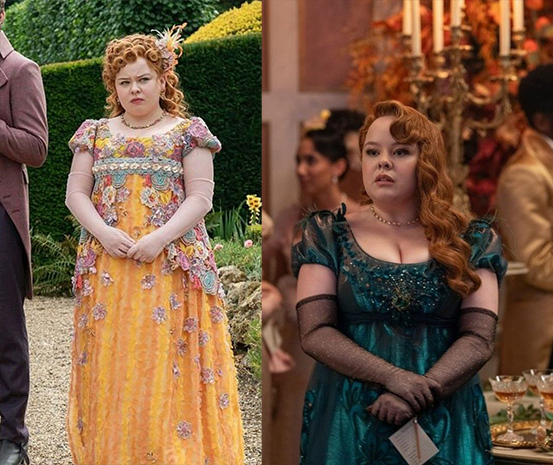
In the realm of period dramas, fashion transcends its decorative function and becomes a powerful tool for storytelling. Through meticulous attention to historical detail and creative interpretation, costume designers breathe life into characters, immersing viewers in the rich tapestry of the past. As we admire the intricate designs and exquisite fabrics, we gain a deeper understanding of the characters' lives, the societal norms that shaped them, and the enduring power of fashion to reflect and influence our world.



